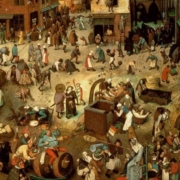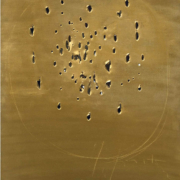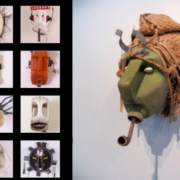The democratic therapeutic community: soft or tough on violence?
Abstract
The therapeutic environment needs to aim both to set limits on pathological behaviour (such as, violence) and also promote psychosocial skills. To achieve this, ‘a stable, coherent social organisation which provides an integrated, extensive treatment context’ is required (Abroms, 1969), and the Democratic Therapeutic Community (DTC) is one such organisation.
Following Tom Main, however, it is the ‘culture’ of the DTC, rather than its ‘structure’, which characterises the distinctive therapeutic nature of the setting (Main, 1983). Therefore, in this paper, using examples from a secure setting, the author will illustrate how some of the DTC ideology translates into clinical practice.
The DTC’s cultural ‘DNA’ needs to be capable of replicating itself accurately on a daily basis, so as to avoid reverting to a place where ‘automatic, unthinking retaliation’ prevails- the meeting of like with like- hatred with hatred, anger with anger or lust with lust (Lambert, 1981). Thereby, it can embody, and present to its patients, a sustained, ‘culture of enquiry’ (Main, 1983), which can be internalised.
There is no doubt in author’s mind that the approach, when applied with care and accuracy, repairs some of the deep-seated damage done during early (neglectful and abusive) attachment relationships. Nevertheless, in dealing with ‘underlying causes’, the therapeutic journey is a tough one, for all participants. Those (previously violent) patients who consent to be softened in the emotionally intense but containing cauldron of the DTC possibly face their toughest, psychological, challenge.





